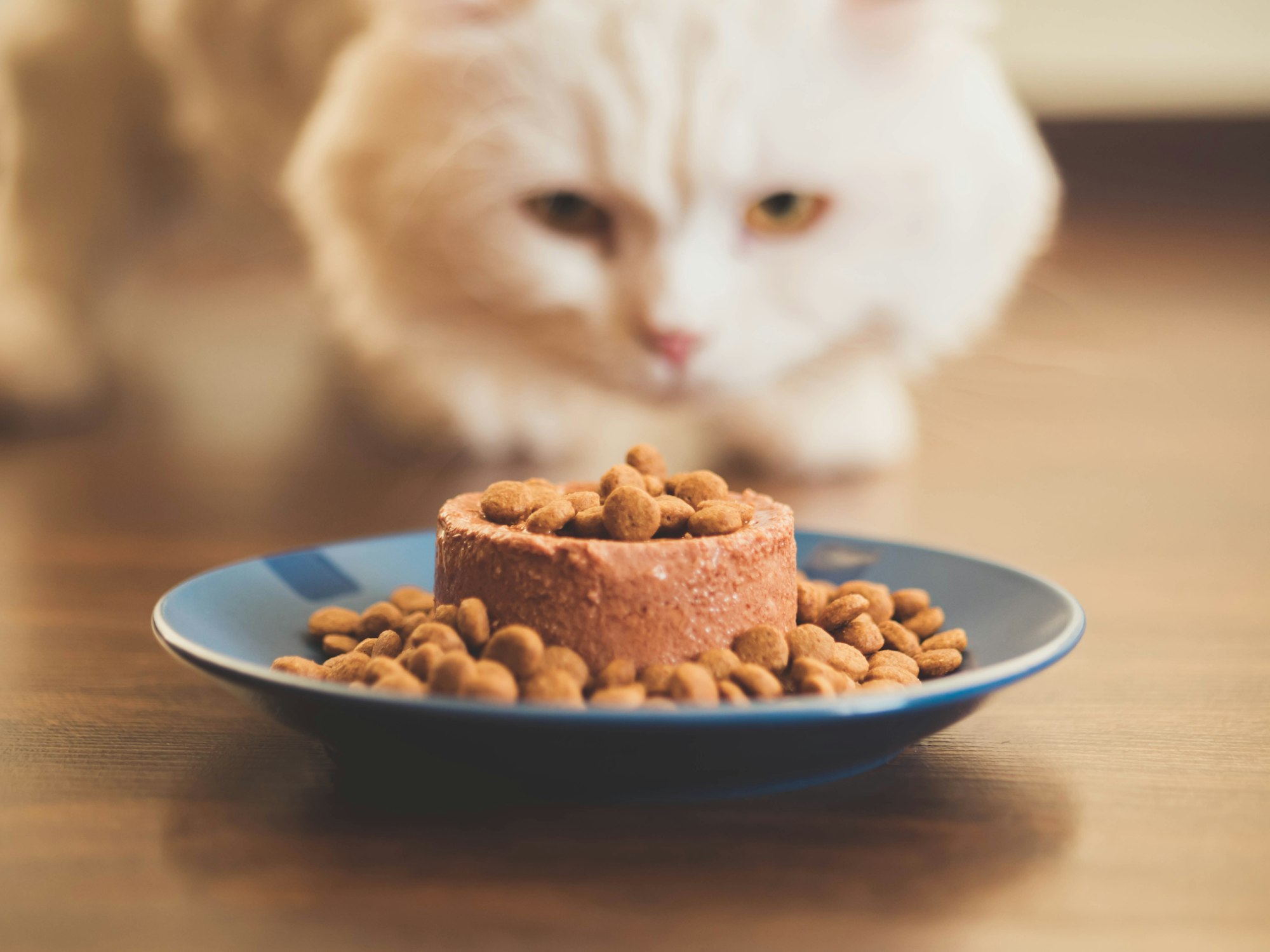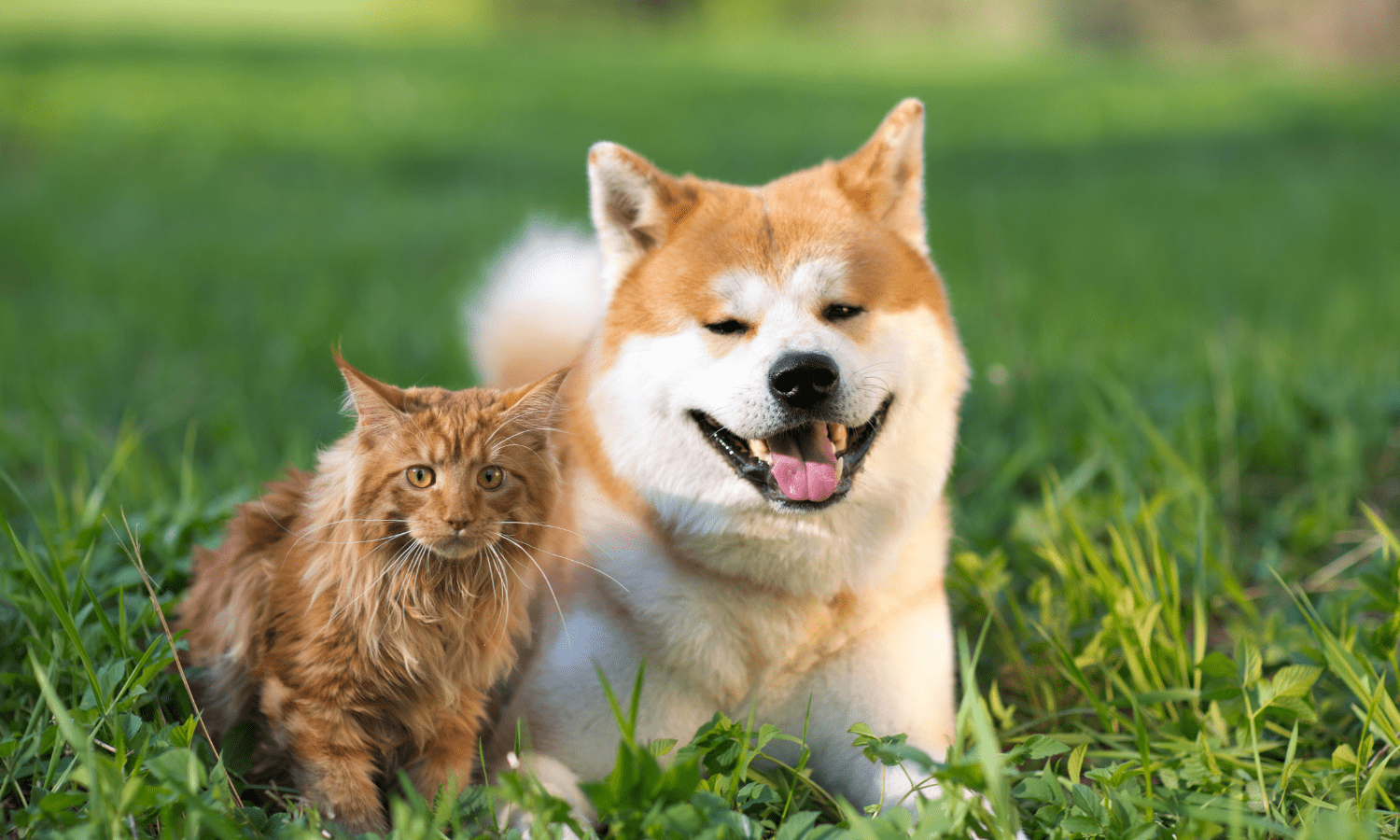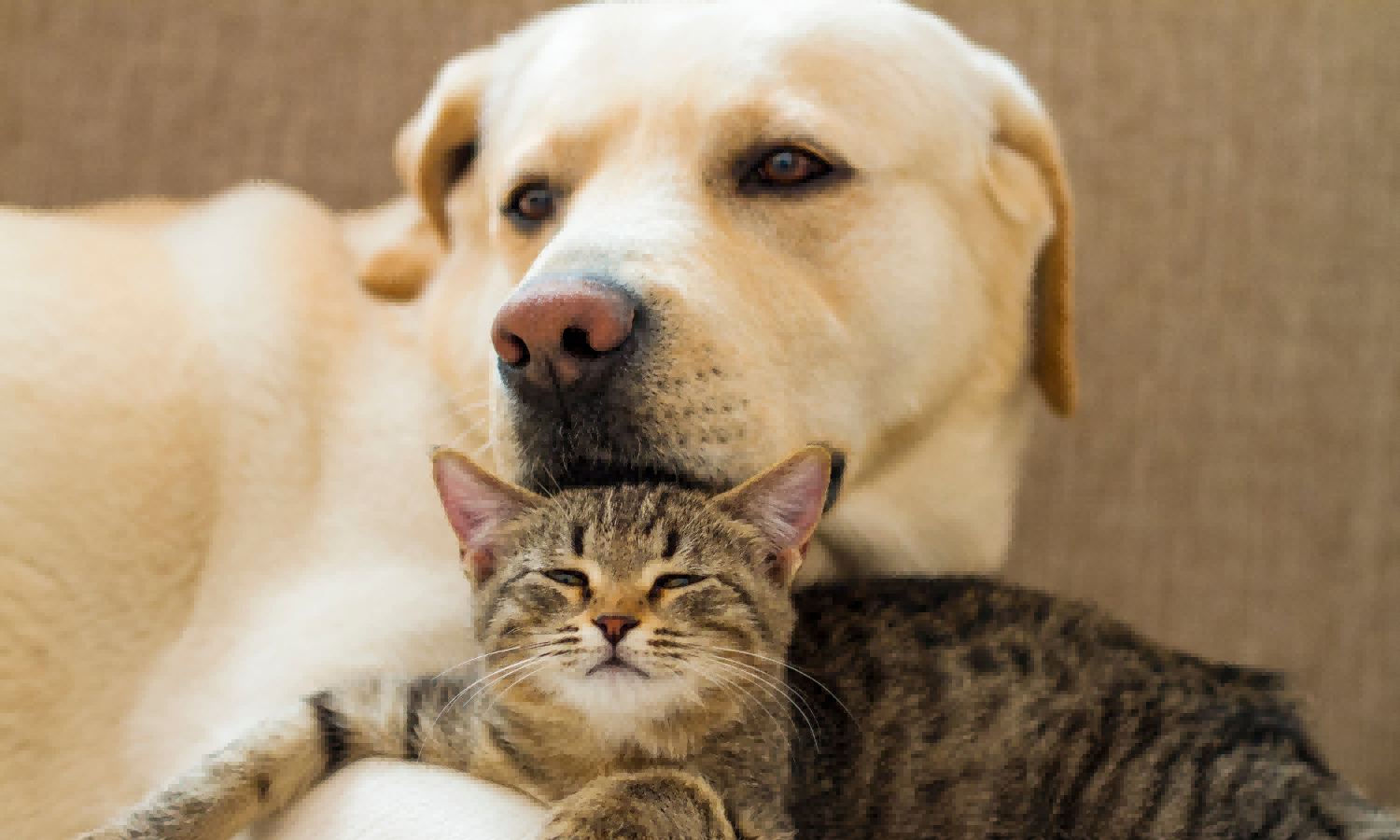Enhancing Palatability
Introduction:
In the world of pet care, ensuring that our furry companions receive adequate nutrition is paramount to their overall health and well-being.
However, as any pet owner knows, getting our pets to eat the food provided can sometimes be a challenge. Palatability, or the taste and sensory appeal of pet food, plays a crucial role in determining whether our pets will eagerly consume their meals or turn their noses up at them.
In this comprehensive guide, we will delve into the importance of palatability in pet food, explore factors that influence it, and discuss strategies to enhance the palatability of pet food products.

Understanding Palatability:
Palatability refers to the sensory properties of pet food that influence an animal’s willingness to eat it. Just like humans, pets have individual preferences and tastes, making palatability a subjective experience. However, there are several key factors that contribute to the palatability of pet food:
- Flavor: Flavor is perhaps the most critical aspect of palatability. Pets are drawn to foods with robust, appealing flavors that stimulate their senses. Common flavors in pet food include chicken, beef, fish, and lamb, among others.
- Aroma: The aroma of pet food is closely linked to its flavor and greatly influences a pet’s desire to eat. A strong, appetizing aroma can entice pets to investigate and consume their food eagerly.
- Texture: The texture of pet food can vary widely, from crunchy kibbles to moist canned varieties. Some pets prefer a specific texture, while others may enjoy a combination of textures in their meals.
- Appearance: Visual appeal also plays a role in palatability. Bright colors, recognizable ingredients, and visually appealing shapes can make pet food more enticing to pets.

Factors Influencing Palatability:
Several factors can impact the palatability of pet food, including:
- Ingredient Quality: The quality of ingredients used in pet food directly affects its palatability. Fresh, high-quality ingredients are more likely to result in a flavorful and appealing product.
- Processing Methods: The way pet food is processed can impact its flavor, aroma, and texture. For example, slow-cooking methods may enhance the natural flavors of ingredients, while excessive processing can diminish them.
- Nutritional Balance: While flavor is essential, it’s crucial to maintain proper nutritional balance in pet food. Balancing palatability with essential nutrients ensures that pets receive the nutrition they need to thrive.
- Individual Preferences: Each pet has unique preferences and tastes, influenced by factors such as breed, age, and health status. Understanding these preferences can help tailor pet food formulations to meet the needs of specific pets.

Enhancing Palatability:
Now that we understand the importance of palatability and the factors that influence it, let’s explore strategies to enhance the palatability of pet food products:
- High-Quality Ingredients: Using fresh, high-quality ingredients is the foundation of palatable pet food. Opting for real meats, whole grains, and natural flavor enhancers can create a flavorful and nutritious meal for pets.
- Flavor Variety: Offering a variety of flavors allows pet owners to cater to their pet’s preferences and prevent mealtime boredom. Experimenting with different protein sources and flavor combinations can keep pets interested and engaged with their food.
- Aromatic Ingredients: Incorporating aromatic ingredients such as herbs, spices, and natural flavorings can enhance the aroma of pet food, making it more enticing to pets. Ingredients like rosemary, parsley, and fish oil not only add flavor but also contribute to the overall sensory experience of the food.
- Texture Selection: Providing a variety of textures in pet food can appeal to different pets’ preferences. Mixing crunchy kibbles with tender, moist morsels or incorporating chewy treats can create a more dynamic eating experience for pets.
- Visual Appeal: The visual presentation of pet food can significantly impact its palatability. Bright colors, distinct shapes, and visible pieces of real ingredients can stimulate pets’ curiosity and appetite, prompting them to eat.

- Slow Cooking Methods: Slow cooking methods, such as roasting or stewing, can enhance the natural flavors of ingredients and create a richer, more savory taste profile. These methods also help retain moisture, resulting in a more succulent and appealing texture.
- Natural Additives: Natural additives such as broth, bone broth, or gravy can add moisture, flavor, and aroma to pet food without compromising its nutritional integrity. These additions can make pet food more palatable and enjoyable for pets.
- Palatability Testing: Conducting palatability testing with a diverse group of pets can provide valuable insights into the appeal of a pet food product. By gathering feedback from pets of different breeds, ages, and health conditions, manufacturers can refine formulations to maximize palatability.
- Owner Interaction: Pet owners play a crucial role in enhancing the palatability of pet food. Interacting with pets during mealtime, using positive reinforcement, and incorporating food puzzles or interactive feeders can make mealtime more enjoyable and engaging for pets.
- Consistency and Routine: Establishing a consistent feeding routine and environment can help pets feel more comfortable and relaxed during mealtime, making them more receptive to trying new foods and flavors.

Conclusion:
Palatability plays a vital role in ensuring that pets receive the nutrition they need to thrive. By understanding the factors that influence palatability and employing strategies to enhance it, pet owners and manufacturers can create nutritious and appealing food options that pets will eagerly consume.
From high-quality ingredients and flavor variety to texture selection and visual appeal, there are numerous ways to elevate the pet food experience and make mealtime a joyous occasion for pets and their owners alike.
By prioritizing palatability, we can ensure that our beloved companions enjoy delicious and satisfying meals that support their health and well-being for years to come.













